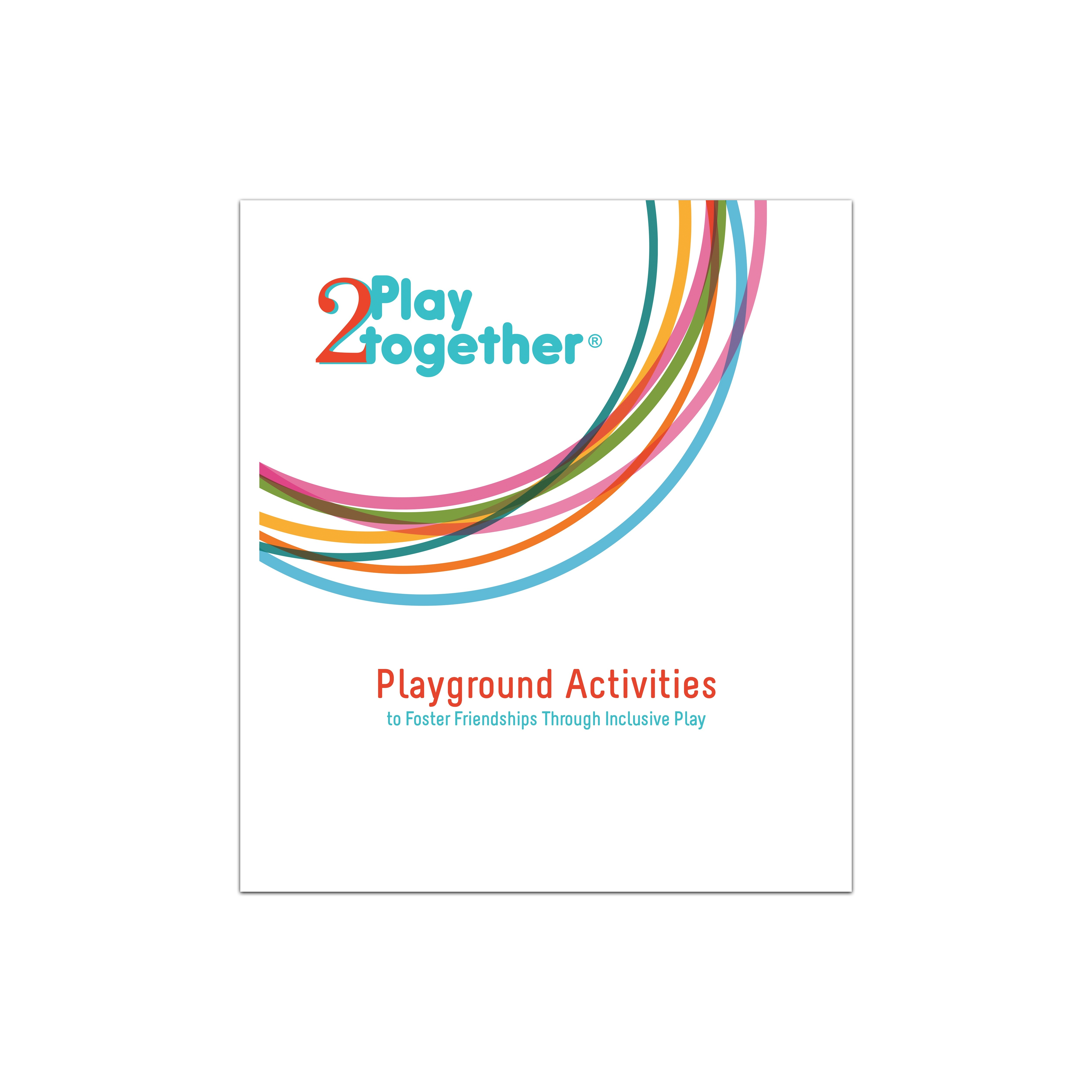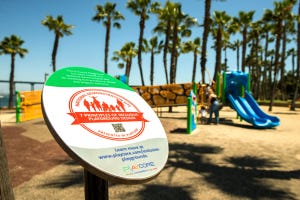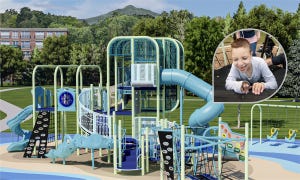People First
 This is part of a series of posts on how playgrounds can help break down barriers and establish friendships between people of all abilities. To learn more, request a copy of 2PlayTogether® - Playground Programming to Foster Friendships Through Inclusive Play.
This is part of a series of posts on how playgrounds can help break down barriers and establish friendships between people of all abilities. To learn more, request a copy of 2PlayTogether® - Playground Programming to Foster Friendships Through Inclusive Play.
Have the Right Conversation - In the Right Order
Talking about disabilities can be uncomfortable for people. People generally want to be accepting and inclusive, and no one ever wants to say the wrong thing. Because there is concern about offending someone who is affected by a disability, many times the conversations never happen. However, if we help children and adults understand how to promote positive awareness in their conversations, everyone can focus on the things that unite us all, rather than our differences. The first step is to adopt a “people first” language. This places the person before an associated disability and keeps the emphasis on what the person can do. Here are some examples:
| SAY THIS | INSTEAD OF THIS |
| Child with autism | Autistic child |
| Friend who uses a wheelchair | Friend who is bound or confined to a wheelchair |
| Children with disabilities or special needs | Disabled children or special needs children |
| Accessible buses, bathrooms and reserved parking | Handicapped buses, bathrooms or parking |
| People with cognitive or developmental disabilities | Delayed, slow, mentally retarded |
Simply placing the person at the beginning of a statement is a significant reminder you are talking about a complex person whose disability is only one facet of their life or personality. It is not a defining characteristic, any more than having blonde hair or being very tall. It’s just one part of who that person is.
Promote Awareness
In addition to having positive conversations about disability awareness, there are many ways to promote inclusion and encourage people of all ages to better understand the needs of others. Here are some ideas:
- Look for children’s books, family movies and other culturally significant forms of media that feature people with disabilities in a positive way.
- If you’re a teacher, consider having a guest who has a disability attend your class to speak and allow children to ask questions in a comfortable environment.
- Teach members of your family sign language. The alphabet, a few words or phrases can make a big difference when communicating with someone who uses sign language as a primary form of communication.
- Work with a local foundation or hospital to bring adaptive equipment into your school or youth organization so children can use these devices in a supervised way. This will help them gain an understanding of how these products assist their peers with communication, mobility, etc.
Make Inclusion Part of Character Education
2PlayTogether®, developed by PlayCore, is a comprehensive curriculum to help children foster friendships through inclusive play. The book includes important research and information, as well as fun activities to encourage children of all abilities to play together. At the heart of program is 10-point character education model that promotes equality and prepares children to live in and lead a society where inclusion is the standard.
To learn more about creating a more inclusive society through play and educational resources, contact the GameTime representative in your neighborhood.
- Trails (27)
- Schools (180)
- Press Releases (102)
- Playground Funding (3)
- Play Science & Research (62)
- Parks & Recreation (339)
- Outdoor Fitness (137)
- National Demonstration Site (32)
- Landscape Architects (72)
- Inclusive Play (101)
- Daycare and Early Learning (62)
- Custom Play (36)
- College Campus (27)
- Churches (50)
- Challenge Course (30)
- Featured Projects (72)
- Site and Shade (6)





